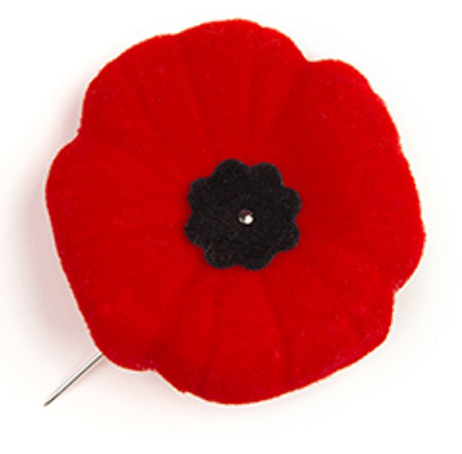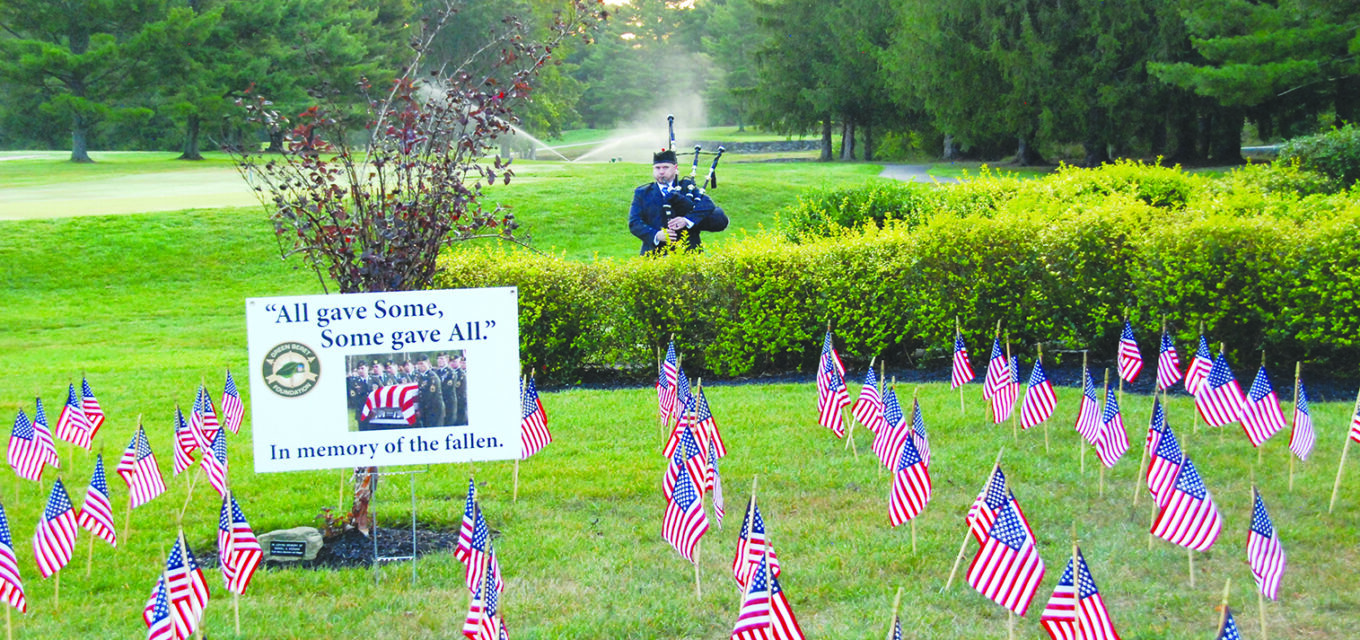
My wife, Ginny, and I have been bringing our poppies down to FL to wear each year in the lead-up weeks to November 11, Remembrance Day in Canada. It’s the same day as Veteran’s Day in the U.S. The Remembrance Day Ceremony has played a major role in Canada since 1931. Every year, at the 11th hour of the 11th day of the 11th month, we gather in memorial parks, community halls, workplaces, schools and homes to stand in honor of all who have fallen. Together, we observe a moment of silence to mark the sacrifice of the many who have fallen in the service of their country and to acknowledge the courage of those who still serve. During November, poppies adorn the lapels and collars of millions of Canadians. The significance of the poppy can be traced back to the Napoleonic Wars in the 19th century, over 110 years before being adopted in Canada.

Records from that time indicate how thick poppies grew over the graves of soldiers in the area of Flanders, France. Fields that had been barren before battle exploded with blood-red flowers after the fighting ended. During the tremendous bombardments of the war, the chalk soils became rich in lime from rubble, allowing the flower to thrive. When the war ended, the lime was quickly absorbed and the poppy began to disappear again. The person who first introduced the poppy to Canada was Lieutenant-Colonel John McCrae of Guelph, Ontario, a Canadian Medical Officer during World War I. He penned the poem In Flanders Fields on a scrap of paper in May 1915 on the day following the death of a friend and fellow soldier (see sidebar). Little did he know those 13 lines would become enshrined in the hearts and inextricably tied to the image of the poppy of all Canadians who would wear them. McCrae’s poem was published in Punch Magazine in December 1915, and later served as inspiration for Moina Michael, an American teacher, who pledged to always wear a poppy as a sign of Remembrance.
During a visit to the U.S. in 1920, a French woman named Madame Guerin learned of Moina’s custom and, when she went home, decided to make and sell poppies to raise money for children in war-torn areas of France. The idea of the Poppy and Remembrance was taken up by Great War Veteran’s Assoc. in Canada (the predecessor of the Canadian Legion – our VFW) which officially adopted the poppy as its Flower of Remembrance on July 5, 1921. Today, the poppy is worn each year during the Remembrance period to honor Canada’s Fallen. Thanks to the millions of Canadians who wear the poppy each November, the little red flower has never died, and the memories of those who fell in battle remain strong.






